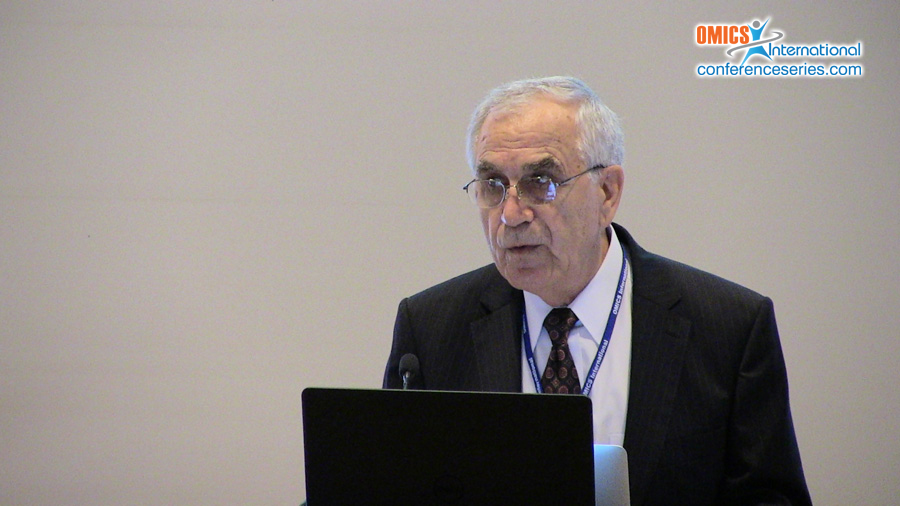
George Stoica
Texas A&M University, USA
Title: Impact of myosin 5a mutation in neurodegenerative disorders. Rat model
Biography
Biography: George Stoica
Abstract
Myosin5a (Myo5a) is an actin-dependent motor protein that is highly expressed in the brain, and involved in vesicular organelles transport and its absence leads to movement disorders in humans and animal species (Griscelli and Elejalde syndromes in humans), rodents (dilute lethal phenotype in mice, and dilute-opisthotonus of Wistar rats), and Arabian horses Lavender Foal Syndrome. A spontaneous autosomal recessive rat model for neurodegeneration caused by a mutation in the Myo5a gene was developed in our laboratory. The pleiotropic effects of this mutation affect the coat color, central nervous and neuroendocrine systems. Preliminary data from our model of Myo5a mutant Berlin-Druckrey (BD-IV) “shaker” rat demonstrated marked alterative changes involving the alpha-synuclein overexpression, decrease dopamine (DA) levels, alteration of DA metabolism, and overexpression of tau protein in anatomical areas of brain. A significant increased in miR-132 and a decreased in downstream target nuclear receptor 1 protein (Nurr1) was found in affected rats. Nurr1 decrease correlates with decrease of tyrosine hydroxylase and brain-derived neurotrophic factor. The movement disorder and alterative biochemical changes increased in severity after 15 days postnatal. These biochemical changes were not previously reported to be associated with Myo5a mutation. Similar neurological alterative changes are common in human neurodegenerative diseases such as Alzheimer, Parkinson’s Diseases, and Lewis Body dementia, and raised the potential involvement of Myo5a alteration in these neurological diseases, which can lead to translational studies. The challenge will be to investigate the molecular mechanisms of Myo5a and its interaction with other proteins underlying its functions.


